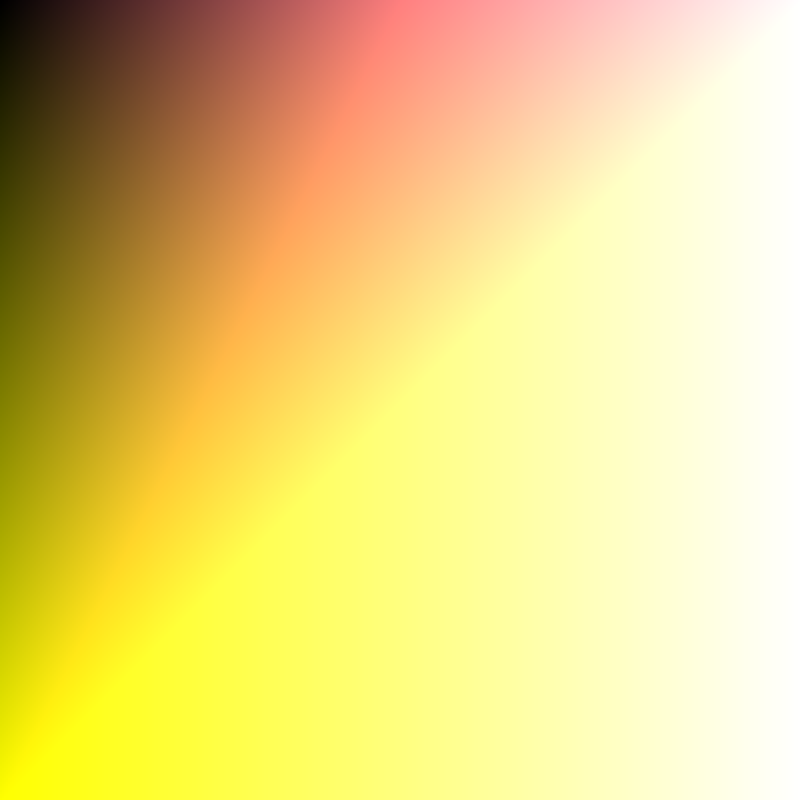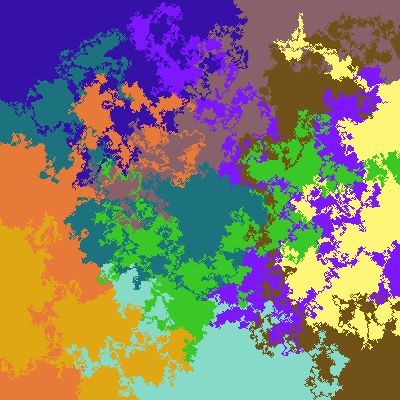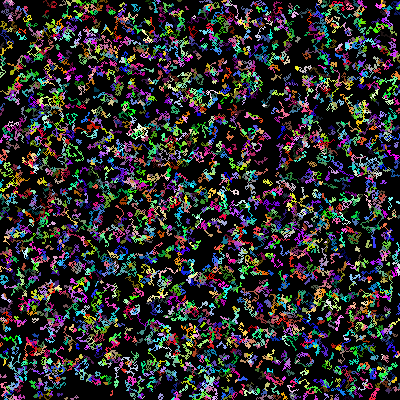Let’s make magic circles/runes!
Turn this:
rune do
scale 0.9 do
circle
polygon 7
star 14, 3
star 7, 2
children 7, scale: 1/8r, offset: 1 do |i|
circle
invert do
text (0x2641 + i).chr Encoding::UTF_8
end
end
end
scale 0.15 do
translate x: -2 do circle; moon 0.45 end
circle
translate x: 2 do circle; moon 0.55 end
end
end
Into this:


